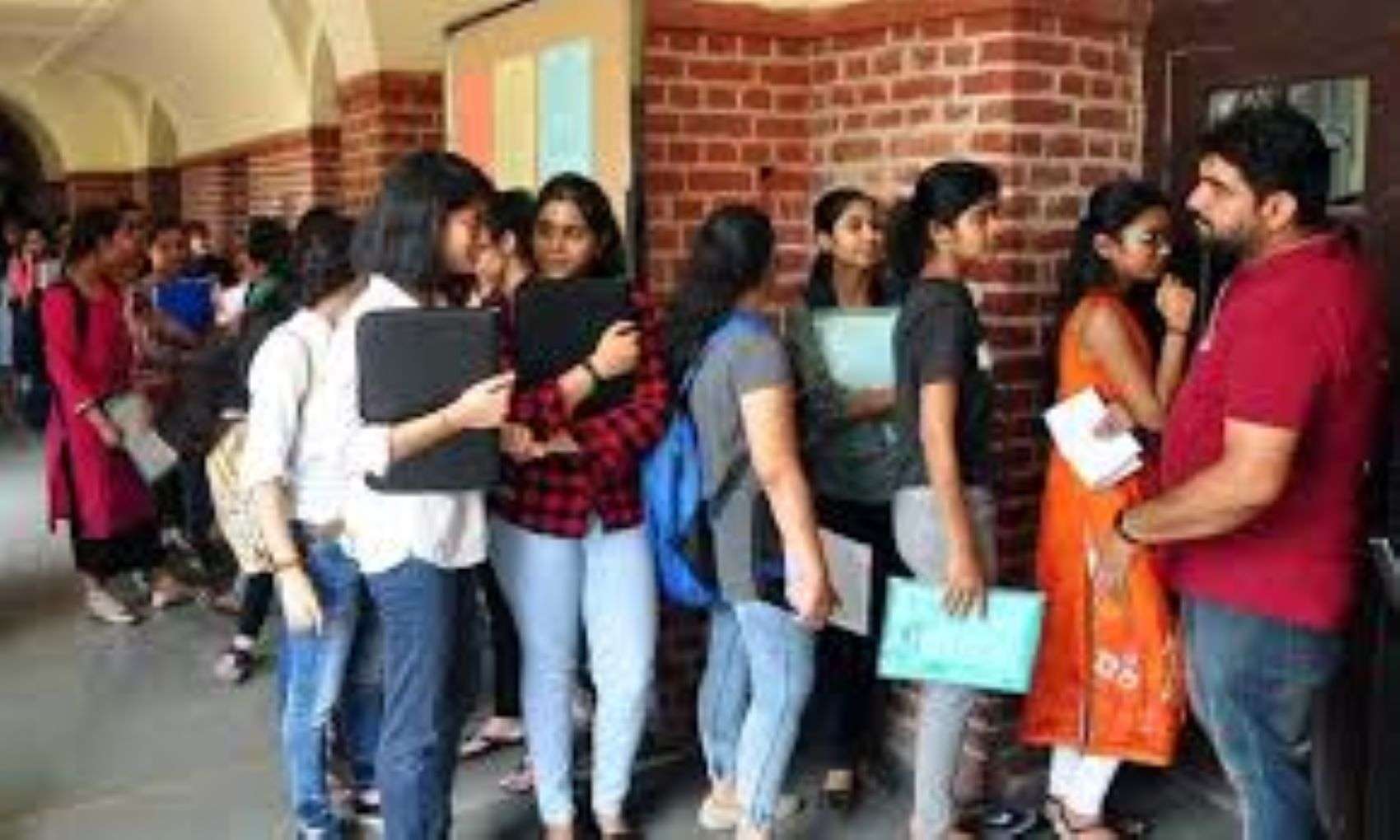On Thursday, farmers’ organizations in Haryana defied ban orders imposed amid the pandemic to stage a protest at the Pipli grain wholesale market, near Kurukshetra. They even blocked the Delhi-Chandigarh national road for a few hours, when the police initially did not allow them to go there.
- Its objective was three basic laws promulgated by ordinances of June 5; the Ordinance on Trade and Trade in Agricultural Products (Promotion and Facilitation), the Ordinance on Essential Products (Amendment) and the Agreement of Farmers (Empowerment and protection) on insurance Prices and agricultural services. Ordinance, 2020.
- These protests, preceded by sit-ins across Punjab, are expected to gain momentum after September 14, when parliament meets for the monsoon session.
How widespread is the unrest in Haryana?
For now, these appear to be largely limited to the Punjab and Haryana. Maharashtra peasant leaders, including Raju Shetti of Swabhimani Paksha and Anil Ghanwat of Shetkari Sanghatana, welcomed the ordinances. Shetti, two-time MP for Lok Sabha, called them “the first step towards financial freedom for farmers.”
- The opposition of the Punjab and Haryana farmer groups also relates mainly to the first ordinance allowing the sale and purchase of crops outside the mandis regulated by the state government APMC (Commodity Market Committee agricultural).
- They probably don’t have any real problems with the other two ordinances, which fundamentally eliminate the imposition of limits on food storage (except in “extraordinary circumstances” such as war and serious natural disasters) and make cultivation easier set back (where farmers can make deals with buyers before any growing season).
What is the first order about?
In a letter to Sukhbir Singh Badal, chairman of Shiromani Akali Dal (which is part of the ruling alliance in the Center), Union Agriculture Minister Narendra Singh Tomar said the ordinance simply provides for “Commercial areas” outside the physical boundaries of APMC mandis.
- These would serve as an “additional marketing channel” for farmers, even if CMPAs “will continue to operate”. The freedom of choice to sell outside of regulated mandis should help farmers obtain better prices for their products.
- In addition, “it will motivate CMPAs to dramatically improve the efficiency of their operations to better serve farmers.” APMCs may charge mandi fees and other fees as before, but these will only be for trades that take place within the physical limits of their primary trading prices or sub-prices.
So what is fueling the protests?
There are two pilots. The first concerns farmers, who see the dismantling of the APMC monopoly as a precursor to the end of the existing system of grain purchasing by the government at guaranteed minimum support prices (MSP).
- In 2019-2020 alone, the government agencies of Punjab and Haryana purchased 226.56 lakh tonnes (lt) of rice and 201.14 lt of wheat, the value of which, in their respective MSPs of Rs 1,835 and Rs 1,925 per quintal, would have been Rs 80,293.21 crore.
- The ordinance itself does not mention anything, directly or indirectly, which suggests the end or the gradual withdrawal of public procurement based on the PSM. But peasant leaders say the real intention of the latest reforms is to implement the recommendations of the High Level Committee on Restructuring the Food Corporation of India (FCI) led by Shanta Kumar. This panel, which presented its report in 2015, asked the FCI to hand over all procurement operations in Punjab, Haryana, MP, Chhattisgarh, Odisha and Andhra Pradesh to government agencies. .
- “The committee wanted the Center to withdraw from acquisitions and leave everything to the States. Where do they have the money to buy and store so much grain? This… is only intended to be an exit strategy from the Center, ”said Jagmohan Singh, general secretary of the Union Bhartiya Kisan (Dakaunda faction).
- The Punjabic congressional government also passed a resolution in the assembly on August 28 urging the Center to make purchases based on the MSP “a legal right of farmers.” In addition, he asked for a “continuation” of this recruitment via the FCI.
What is the second driving force behind the protests?
This comes from the state governments and the arhatiyas (commissioners) in Mandis. The Arhatiyas (Punjab alone has about 28,000) provide platforms outside their stores, where farmers’ products are unloaded, cleaned, auctioned, weighed and bagged before loading. and out.
- They receive a 2.5% commission in addition to the MSP. These payments amounted to more than Rs 2 billion in Punjab and Haryana last year. States also derive substantial revenue from various liens on the value of products traded at APMC. Punjab’s annual income from mandi fees and “rural development”, totaling 6% for rice and wheat, 4% for basmati and 2% for cotton and maize, is estimated at 3,500 rupees. 3,600 crore. All of this would obviously be affected if operations were to move away from the mandis.
- As noted above, the response to the orders has been inconsistent. Shetti and Ghanwat believe that farmers will benefit if processors, retailers or exporters invest in infrastructure for direct supply.
- Farmers currently spend money transporting their produce to the mandis, which they can save if purchases are made closer to their fields. But even these leaders believe the Center should reach out to farmers in Punjab and Haryana to clear up any misunderstandings.
- The hasty way in which prescriptions were broken, at the height of the pandemic, may also have contributed to the trust deficit.










More Stories
Registration for CLAT 2025 begins today; last date October 15
CLAT 2025 registration will begin on July 15
Delhi University 5 Year Law Programs Registration Begins